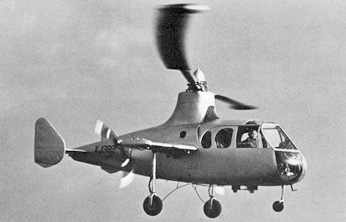Vertical Takeoff and Landing (VTOL)
Vertical Takeoff and Landing (VTOL)
A vertical take-off and landing (VTOL) aircraft is one that can take off and land vertically without relying on a runway. This classification includes various types of aircraft, including helicopters, thrust-vectoring fixed-wing aircraft, tiltrotors, and other rotorcraft with powered systems like cyclogyros, cyclocopters, and gyrodyne types.
Some VTOL aircraft can also operate in CTOL, STOL, or STOVL configurations. Others, like helicopters, operate exclusively as VTOL due to the absence of landing gear for taxiing.
History
VTOL concepts date back to early visions of vertical flight like Leonardo da Vinci’s sketches. Many prototypes were created throughout the 20th century, especially during and after World War II.
Lockheed and Convair both developed early VTOL fighters, with programs such as the XFV and XFY. The Ryan X-13 Vertijet was another key tail-sitter example developed in the 1950s.
British and European development included concepts like the Fairey Jet Gyrodyne, which tested hybrid rotor/jet systems.
Jet Lift
Aircraft like the Canadair CL-84 Dynavert explored the use of tilting wing and engine systems to achieve VTOL capability.
Tiltrotors
Tiltrotors use rotating nacelles to transition between vertical and horizontal flight, exemplified by the Bell-Boeing V-22 Osprey.
Tail-sitters
Tail-sitters take off and land on their tails before transitioning to horizontal flight, a concept explored by aircraft like the Ryan X-13 and XFY-1.
Lift Jet Systems
VTOL aircraft like the Yakovlev Yak-38 employed lift jets which provided vertical lift and were then shut down for normal flight.
Early British Development
The Short SC.1 pioneered British VTOL research and used multiple vertical engines for testing transition to forward flight.
Harrier / Modern STOVL
The Harrier and F-35B represent the most successful STOVL platforms using vectored thrust or a lift-fan plus rear nozzle vectoring combination.
Drones
Modern eVTOL drones, like quadcopters, have become widespread in commercial, industrial, and military applications.









